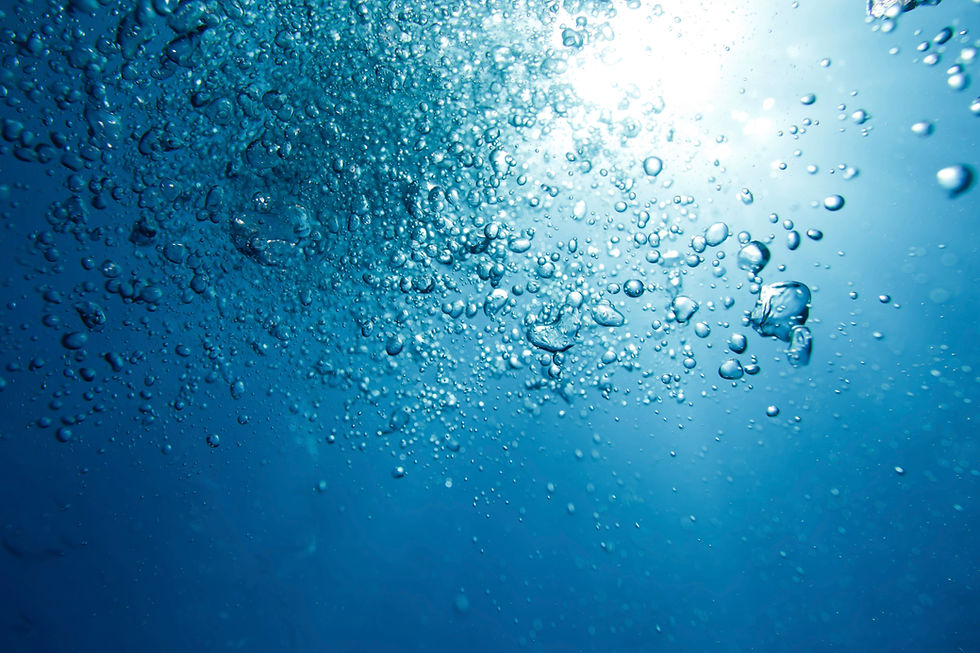Expedition Skills: Water Sanitation
- The Wilderness Medic

- Nov 7, 2020
- 2 min read
Updated: Jun 7, 2022

On average a person in a temperate environment needs 3L water/day
In hot environments, this can increase to 15L/day
In addition to this each person typically uses 4L/day for cooking/washing up
To get potable water there are three main aspects to consider:
1. How to Remove Organic Matter
2. How to Remove Silt
3. How to Kill any Organisms

Millbank Bags

These finely woven fabric bags can be used to separate organic matter and sediment. Clear water is filtered through the bag into a container below. This is a fairly time-consuming process and the water will still require purification by one of the methods below.

Boiling

Rolling boil for >5mins
Sufficient at any altitude to kill organisms
However depends on fuel/resources etc.
Will not remove toxins/heavy metals
Halogens
Iodine (now not widely available due to EU Biocide regulations)
Chlorine
Effective vs multiple organisms
Less so via amoebic cysts/giardia
Not effective vs cryptosporidium
Need to filter first if lots of sediment
Water needs to rest for 30mins before drinking; taste!!
Chlorine dioxide
Is effective vs cryptosporidium
Less noticeable taste
More expensive!

Mechanical
Lots of different filters available- remove sediment first (otherwise will slow/block filter)
Types of filter:
Ceramic filters (0.2 μm)
Microtubules (0.2 μm)
Electrostatic
Activated Carbon
Some water purification filters use ionised filtration media combined with micro-tubules to remove viruses and in order to remove chemicals an activated charcoal filter is also required.
When choosing a filter, it is important to bear in mind the respective sizes of bacteria, protozoa and viruses as shown in the picture below. The majority of ceramic filters on the market are effective at removing most bacteria, cysts and protozoa but not usually viruses due to their pore size (0.1-0.2 μm).

Ultraviolet Light

Effective vs. bacteria, viruses & cryptosporidium
Water must be visibly clear
Issues with power/batteries!
Can now get as solar version with charger
Still have to think about chemical impurities
The only way to remove heavy metals/toxins is to use a purification device that includes an activated charcoal filter.
I hope this has been interesting and useful!
Check out our other blog posts to read more about expedition medicine and global health.
Have you checked out our podcast- we now have 10 episodes and have had over 4000 listens so thank you everyone who has listened!!
Resources and Further Reading:
Backer HD, Derlet RW, Hill VR. Wilderness Medical Society Clinical Practice Guidelines for Water Disinfection for Wilderness, International Travel, and Austere Situations. Wilderness & Environmental Medicine. 2019 Dec 1;30(4):S100–20.
Bodzek, Michal & Konieczny, Krystyna & Rajca, Mariola. (2019). Membranes in water and wastewater disinfection – review. Archives of Environmental Protection. 45. 3-18. 10.24425/aep.2019.126419.
Johnson C, editor. Oxford handbook of expedition and wilderness medicine. 2nd edition. Oxford: Oxford University Press; 2015. 822 p. (Oxford handbook).




Comments